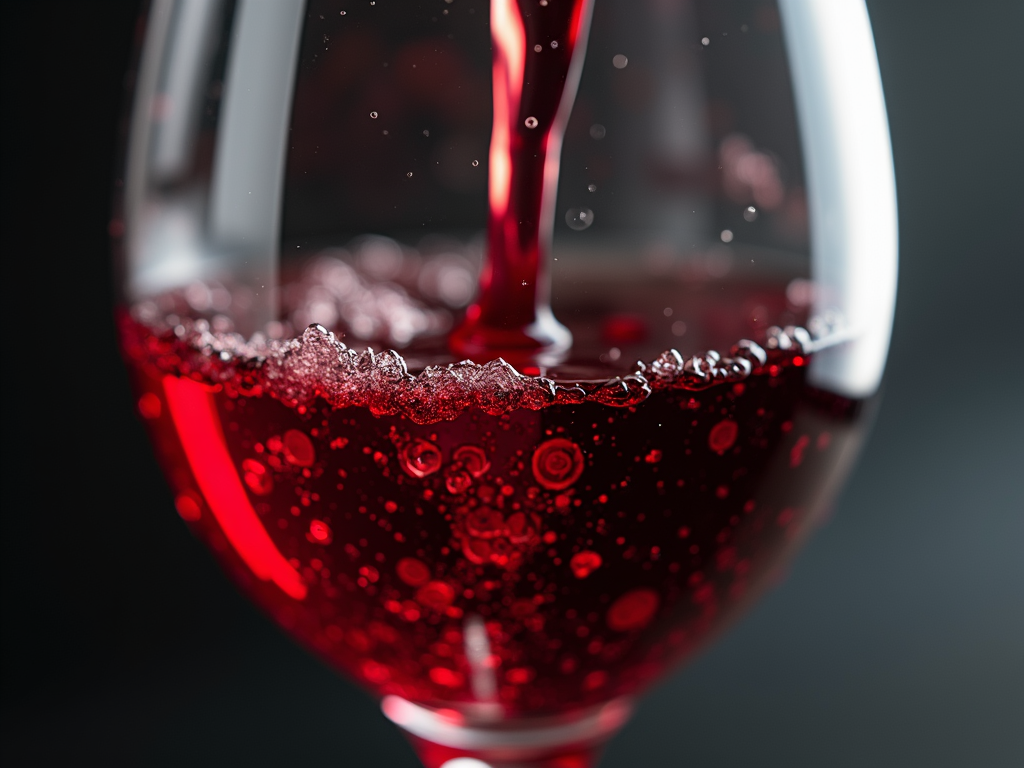The Science Behind Wine Aromas and Flavors
Wine is a sensory delight, captivating us with its myriad aromas and flavors. But what lies behind these complex notes of fruit, spice, and earth? In this article, we'll explore the science that transforms grapes into the wines we love, from the vineyard to the glass. We'll also journey through California's diverse wine regions and see how producers like Jackson Family Wines use this science to craft exceptional wines.

When we taste wine, we experience a combination of aromas (smells) and flavors (tastes). Aromas are detected by our nose, while flavors are perceived by our taste buds. Together, they create the wine's overall profile. Aromas can be fruity, floral, spicy, or earthy, and they often tell the story of the wine's origin and production. Flavors include sweetness, acidity, bitterness, and umami, which contribute to the wine's balance and structure.
Interestingly, much of what we perceive as flavor actually comes from our sense of smell. That's why wine enthusiasts swirl their glasses and take a deep sniff before sipping—it enhances the aromatic experience.
The foundation of a wine's aromas and flavors lies in the grape variety and the terroir where it's grown.
Grape Variety: Each grape type has unique chemical compounds that define its character. For example: - Cabernet Sauvignon often smells of blackcurrant and green pepper due to compounds like methoxypyrazines. - Chardonnay can have apple and citrus notes from esters and terpenes. - Pinot Noir is known for red fruit aromas like cherry and strawberry.
Terroir: This French term encompasses the soil, climate, and geography of the vineyard. It profoundly influences the grape's development. For instance, grapes from cool climates tend to have higher acidity and more delicate flavors, while those from warm regions produce riper, bolder wines.
California's varied terroir makes it a perfect place to see these effects in action.
California's wine regions are as diverse as they are renowned. Here are a few highlights: - Napa Valley: Famous for Cabernet Sauvignon, Napa's warm days and cool nights create wines with rich fruit and firm tannins. - Sonoma County: Known for its cool-climate Pinot Noir and Chardonnay, especially in areas like the Russian River Valley, where wines often have bright acidity and elegant fruit. - Central Coast: Regions like Paso Robles produce robust reds, while Santa Barbara excels in balanced Pinot Noir and Chardonnay.
These regional differences showcase how terroir shapes a wine's primary aromas and flavors.

Once grapes are harvested, winemaking begins, and secondary aromas develop during fermentation. Yeast converts sugar into alcohol, producing various aromatic compounds along the way. - Yeast Selection: Different yeasts can enhance specific aromas, like fruity esters or spicy notes. - Fermentation Temperature: Cooler temperatures preserve delicate aromas in white wines, while warmer temperatures extract more color and tannins in reds. - Malolactic Fermentation: This process can add creamy, buttery notes, especially in Chardonnay.
Winemakers carefully control these factors to craft the desired aromatic profile.

Aging allows wines to develop tertiary aromas, adding complexity. - Oak Aging: Barrels impart flavors like vanilla, spice, and toast. American oak gives bolder notes, while French oak is subtler. - Bottle Aging: Over time, wines evolve, with primary fruit aromas mellowing into dried fruit or earthy notes.
Not all wines benefit from aging; some are best enjoyed young to appreciate their vibrant primary and secondary aromas.

Jackson Family Wines, a leader in California winemaking, exemplifies how science and artistry combine. Their portfolio spans multiple regions, each wine reflecting its terroir.
At La Crema in Sonoma, they focus on cool-climate varieties. Their Russian River Valley Pinot Noir, for example, boasts aromas of ripe cherry and raspberry with a hint of earthiness, thanks to the region's climate and careful winemaking.
Similarly, Kendall-Jackson's Vintner's Reserve Chardonnay balances tropical fruit with creamy oak, achieved through precise fermentation and aging techniques.
By understanding and applying the science of wine, Jackson Family Wines creates bottles that delight and inspire.

The aromas and flavors in wine are a testament to the intricate dance between nature and human ingenuity. From the grape's journey through the vineyard to the winemaker's careful crafting, every step is guided by science. California's diverse regions and producers like Jackson Family Wines bring this science to life, offering wines that are as educational as they are enjoyable. So, next time you sip a glass, take a moment to appreciate the complex science behind every drop.